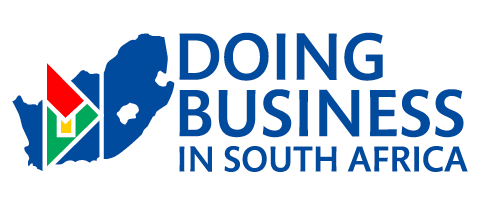The Resolving Insolvency indicator measures the time it takes, the cost and outcome of resolving an insolvency proceedings. It also takes into consideration the legal framework and reorganisation proceedings applicable, that is business rescue. The ranking is determined by means of a survey conducted by the World Bank and completed by local insolvency practitioners. The questionnaire is based on a case study which contains a set of assumptions and private sector, namely local insolvency practitioners, are required to respond to the survey based on the parameters of the case study.
Insolvency and Liquidation as compared to business rescue are two distinct processes in South Africa governed by two different pieces of legislation. The former by the Insolvency Act 24 of 1936 and the latter by Companies Act of 2008. The Department of Justice is the custodian of the Insolvency Act whereas the Department of Trade, Industry and Competition is the custodian of the Companies Act. For purpose of the World Bank’s Ease of Doing Business process however, the indicator of resolving insolvency appears to deal with business rescue.
Business rescue is governed by Chapter 6 of the Companies Act of 2008 and aims to rehabilitate a company which is financially distressed by placing its management, operations and affairs under the supervision of a business rescue practitioner (BRP). The role of the BRP is to reorganise and restructure the company so that it may continue to exist on a solvent basis.
South African ranks 68 out of 190 countries. The score as a percentage is 54.6 which is average.
